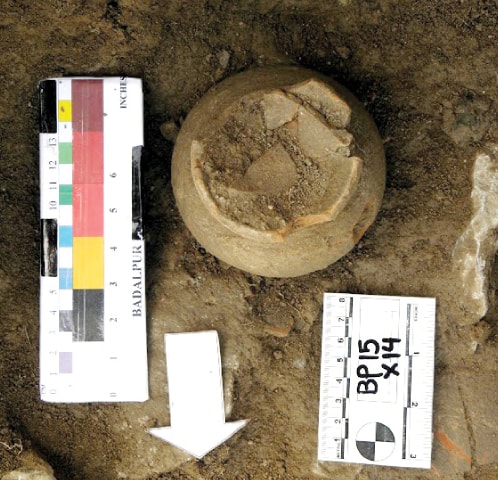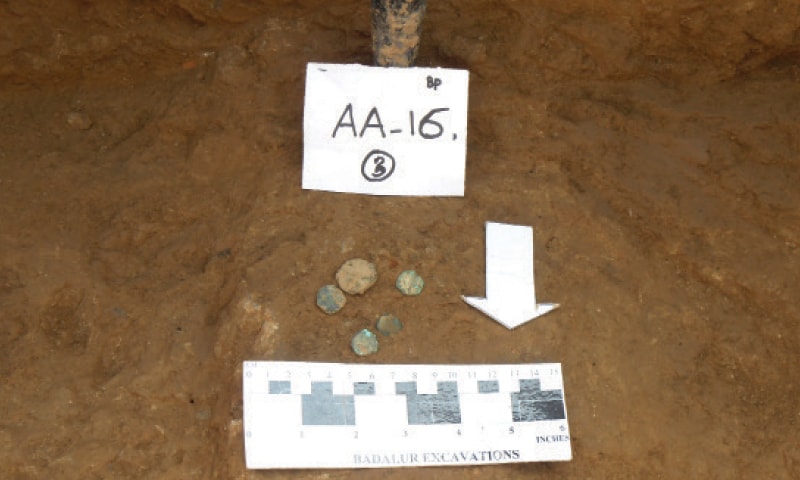Kambojaric
MODERATOR

- Joined
- Apr 6, 2010
- Messages
- 5,474
- Reaction score
- 16
- Country
- Location
Rehabilitation of Shalimar Garden to set about in July

After an arduous delay of over ten years, the Punjab Archaeology Department has once again pulled up its socks set for the conservation of Shalamar Gardens Lahore.
A department has also been set up to import the required stone from India.
To conserve and rehabilitate the garden, the department had prepared a PC-1 in 2007.
Despite its approval, however, the department could not execute the project owing to non-transfer of funds.
Last year, the Punjab government gave the project its go-ahead while releasing 50 million rupees for the procurement of red sandstone.
According to officials, the red sandstone procured from India was the original stone used by Mughals. They claimed that in previous rehabilitation of historic monuments, the department had always used original material.
“These red sandstones would be installed in an aesthetical way so that originality could be maintained while trained craftsman would be hired in this regard,” they noted.
Sources in the department informed that due to delay in rehabilitation work, many more blocks had been damaged in the gardens.
“We have procured red sandstone from India according to the old estimates but don’t have any fresh estimates regarding either how much work or material would be required more,” they added.
It was revealed that in the past, same red sandstone was procured from India during the conservation of Badshahi Mosque in 1990.
Archaeology Director Malik Maqsood told Daily Times that properties of the material to be used in this conservation process would be similar to the original one. While refusing all allegations of improper prior conservation efforts, he said that the department remained concerned, which was why it never compromised over the originality of the monuments.
Maqsood further informed that the department had procured red sandstone worth 50 million from India.
“We will execute conservation work in July this year which will be completed by June 2020,” he stated. The director concluded that the project would require another 10 million rupees, which would be released this year in the new budget.
https://dailytimes.com.pk/386589/rehabilitation-of-shalimar-garden-to-set-about-in-july/

After an arduous delay of over ten years, the Punjab Archaeology Department has once again pulled up its socks set for the conservation of Shalamar Gardens Lahore.
A department has also been set up to import the required stone from India.
To conserve and rehabilitate the garden, the department had prepared a PC-1 in 2007.
Despite its approval, however, the department could not execute the project owing to non-transfer of funds.
Last year, the Punjab government gave the project its go-ahead while releasing 50 million rupees for the procurement of red sandstone.
According to officials, the red sandstone procured from India was the original stone used by Mughals. They claimed that in previous rehabilitation of historic monuments, the department had always used original material.
“These red sandstones would be installed in an aesthetical way so that originality could be maintained while trained craftsman would be hired in this regard,” they noted.
Sources in the department informed that due to delay in rehabilitation work, many more blocks had been damaged in the gardens.
“We have procured red sandstone from India according to the old estimates but don’t have any fresh estimates regarding either how much work or material would be required more,” they added.
It was revealed that in the past, same red sandstone was procured from India during the conservation of Badshahi Mosque in 1990.
Archaeology Director Malik Maqsood told Daily Times that properties of the material to be used in this conservation process would be similar to the original one. While refusing all allegations of improper prior conservation efforts, he said that the department remained concerned, which was why it never compromised over the originality of the monuments.
Maqsood further informed that the department had procured red sandstone worth 50 million from India.
“We will execute conservation work in July this year which will be completed by June 2020,” he stated. The director concluded that the project would require another 10 million rupees, which would be released this year in the new budget.
https://dailytimes.com.pk/386589/rehabilitation-of-shalimar-garden-to-set-about-in-july/






























